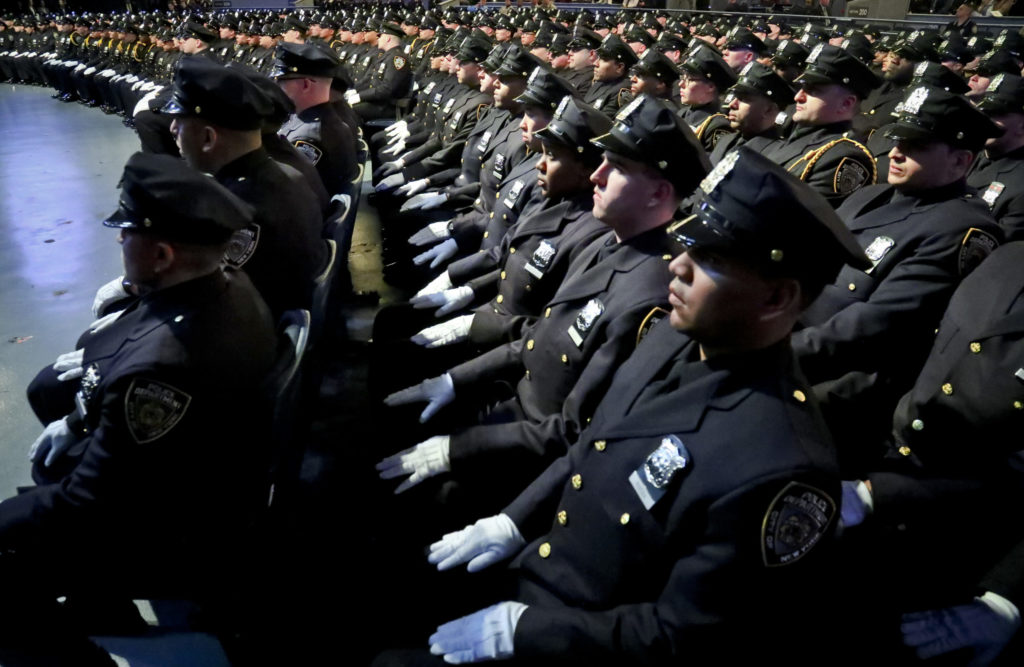Opinions & observations: The Diaphragm Compression Bill — a bridge too far

 The City Council’s passage (and Mayor Bill de Blasio’s July 15th signing) of a Queens Councilman Rory Lancman’s “diaphragm compression bill” is an understandable, but unfortunately misguided, City Council approach to continue micromanaging the police arrest process when arrestees forcibly resist. Rather than focus on already-banned NYPD chokeholds and diaphragm compression, Lancman’s Law also prohibits police officers from sitting, standing or kneeling on an arrestee’s back and chest, even as they undertake to effectuate an arrest of a suspect unwilling to cooperate, or acquiesce in standard arrest protocols.
The City Council’s passage (and Mayor Bill de Blasio’s July 15th signing) of a Queens Councilman Rory Lancman’s “diaphragm compression bill” is an understandable, but unfortunately misguided, City Council approach to continue micromanaging the police arrest process when arrestees forcibly resist. Rather than focus on already-banned NYPD chokeholds and diaphragm compression, Lancman’s Law also prohibits police officers from sitting, standing or kneeling on an arrestee’s back and chest, even as they undertake to effectuate an arrest of a suspect unwilling to cooperate, or acquiesce in standard arrest protocols.
The Council acted after the State Legislature only recently enacted legislation essentially codifying a targeted ban on diaphragm compression like that which killed George Floyd in Minneapolis, Minnesota. The City Council has essentially enacted a “Marquis of Queensbury”-like standard applicable to the police, while simultaneously failing to bolster penalties for those who resist arrests and inflict police injuries requiring medical care, hospitalization, and an inability to return to work (c.f. Penal Law Section 35.27). Resisting arrest is a Class A misdemeanor (Penal Law Section 205.30).
Councilman Lancman has also created a glaring inconsistency with the state’s previously passed diaphragm compression ban, which conflicts with Penal Law Section 35.30 addressing the justified use of non-deadly physical force to effectuate an arrest.

Brooklyn Boro
View MoreNew York City’s most populous borough, Brooklyn, is home to nearly 2.6 million residents. If Brooklyn were an independent city it would be the fourth largest city in the United States. While Brooklyn has become the epitome of ‘cool and hip’ in recent years, for those that were born here, raised families here and improved communities over the years, Brooklyn has never been ‘uncool’.